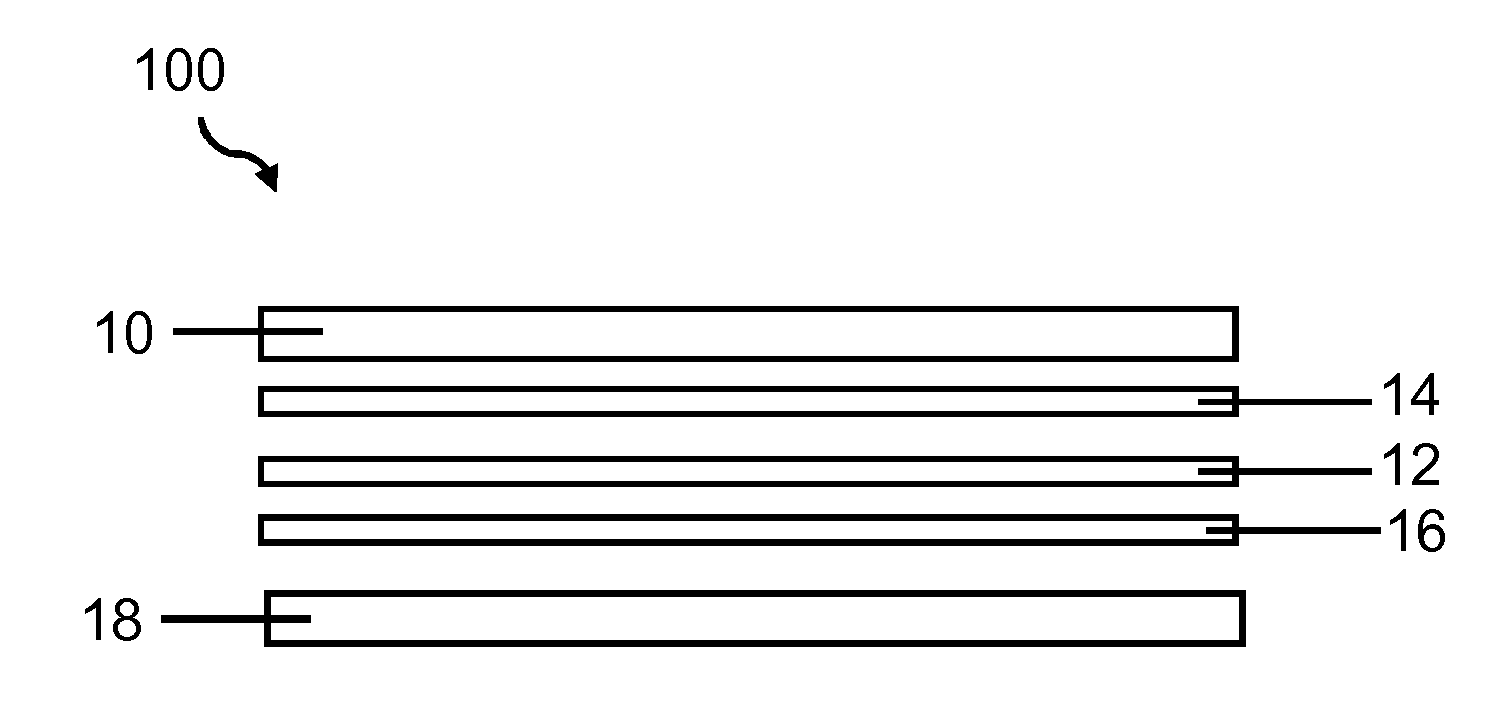Fusion formable alkali-free intermediate thermal expansion coefficient glass
a thermal expansion coefficient and intermediate layer technology, applied in the field of alkali-free glasses, can solve the problems of cdte layer contamination and deleterious to module efficiency, and achieve the effect of increasing cell efficiency
- Summary
- Abstract
- Description
- Claims
- Application Information
AI Technical Summary
Benefits of technology
Problems solved by technology
Method used
Image
Examples
examples
[0120]Table 1, Table 2, Table 3, Table 4, Table 5, Table 6, and Table 7 show exemplary glasses, according to embodiments of the invention. Properties data for some exemplary glasses are also shown in Table 1, Table 2, Table 3, Table 4, Table 5, Table 6, and Table 7. In the Tables Tstr(° C.) is the strain point which is the temperature when the viscosity is equal to 1014.7 P as measured by beam bending or fiber elongation. α(10−7 / ° C.) in the Tables is the coefficient of thermal expansion (CTE) which is the amount of dimensional change from either 0 to 300° C. or 25 to 300° C. depending on the measurement. CTE is typically measured by dilatometry. ρ (g / cc) is the density which is measured with the Archimedes method (ASTM C693). T200 (° C.) is the two-hundred Poise (P) temperature. This is the temperature when the viscosity of the melt is 200 P as measured by HTV (high temperature viscosity) measurement which uses concentric cylinder viscometry. Tliq(° C.) is the liquidus temperature....
PUM
| Property | Measurement | Unit |
|---|---|---|
| liquidus viscosity | aaaaa | aaaaa |
| liquidus viscosity | aaaaa | aaaaa |
| strain point | aaaaa | aaaaa |
Abstract
Description
Claims
Application Information
 Login to View More
Login to View More - R&D
- Intellectual Property
- Life Sciences
- Materials
- Tech Scout
- Unparalleled Data Quality
- Higher Quality Content
- 60% Fewer Hallucinations
Browse by: Latest US Patents, China's latest patents, Technical Efficacy Thesaurus, Application Domain, Technology Topic, Popular Technical Reports.
© 2025 PatSnap. All rights reserved.Legal|Privacy policy|Modern Slavery Act Transparency Statement|Sitemap|About US| Contact US: help@patsnap.com

